
Topic
Housing
Housing matters. A stable, quality, affordable home is a foundation for so many other parts of life. How do we bring it in reach for everyone?
The Latest

Tribal-Sponsored Development Offers Housing and More in Minneapolis
A hub for health care, social services, and community, the Mino-Bimaadiziwin apartments meet the unique needs of urban Native Americans while enriching the surrounding community.
Explore Articles in this Topic
Search & Filter Within this Topic
filter by Content Type
filter by Date Range
search by Keyword
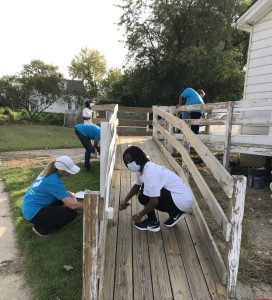
Why Housing Policy Should Include More Funding for Home Repairs
Researchers found that older homeowners in St. Louis averaged $13,000 in unmet home repairs. Here’s how advocates can measure home repair need in their own cities, and why repairs make a difference.
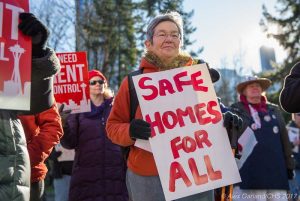
‘Renters Are Struggling’: Economists Back Tenant-Led Push for Federal Rent Control
“We have seen corporate landlords—who own a larger share of the rental market than ever before—use inflation as an excuse to hike rents and reap excess profits beyond what should be considered fair and reasonable.”

What Can We Learn From the U.K.’s Council Housing? (Hint: Vienna Isn’t the Only Example of Transformative Social Housing.)
Social historian John Boughton explains how the U.K.’s social housing system changed millions of low- and middle-income people’s lives—and how privatization has crippled its power.
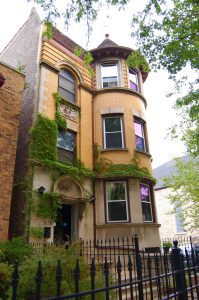
How One Organization Is Preserving Housing Co-Ops
A group formed to promote student housing co-ops in the ’60s is acquiring and preserving cooperative housing for future generations.
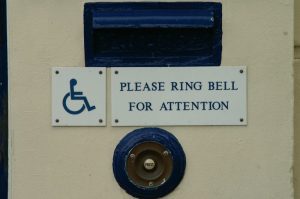
Why Aren’t Homeless Shelters Accommodating People Who Have Disabilities?
With homelessness on the rise, the U.S. shelter system is ill-equipped to accommodate disabled occupants.
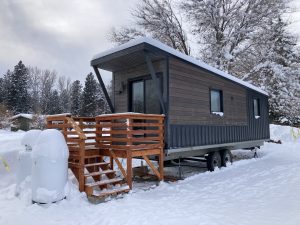
Why an Eldercare Facility Turned to Employer-Provided Housing
Providing temporary housing in tiny homes has helped a long-term care facility keep its doors open in the face of a growing housing crisis.

Sweeps Aren’t Outreach—Policing Homelessness Still Doesn’t Work
A new study shines light on the connection between homeless outreach teams and policing, and examines why so many cities are still using resident complaints to guide their response to the homelessness crisis.

Social Housing: How a New Generation of Activists Is Reinventing Housing
Not so long ago, social housing was rarely discussed in the U.S. Today. there are over a dozen social housing campaigns across the country.
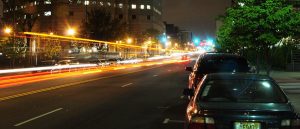
Jersey City Grants Free Counsel to Renters Facing Eviction
Jersey City renters can’t keep up with a housing crisis fueled by proximity to New York City. A new right to counsel program, funded by development fees, could help.
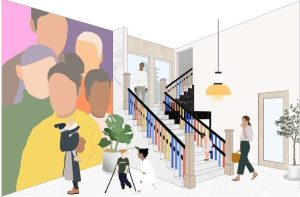
Cross-Disability Design Makes Housing Better for Everyone
Affordable housing projects should incorporate a range of accessibility features, going above and beyond code requirements.
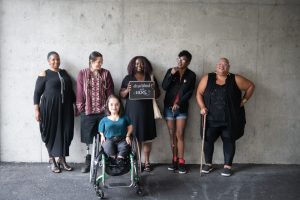
Which U.S. Laws Require Accessibility in Housing—And How Well Do They Do?
Activists have been fighting for decades to expand accessible housing for disabled residents. They’ve made progress, but say that current regulations and enforcement don’t go far enough.

How States Can Use Medicaid to Address Housing Costs
New federal guidance enables states to use Medicaid dollars to support housing needs.
